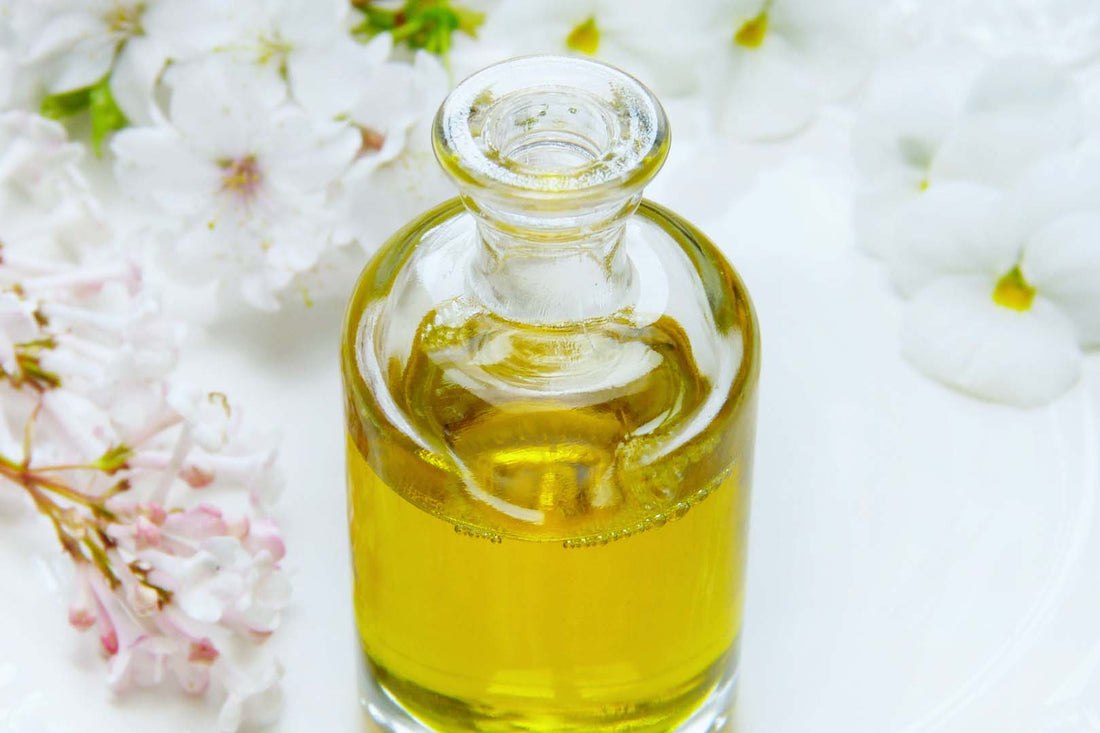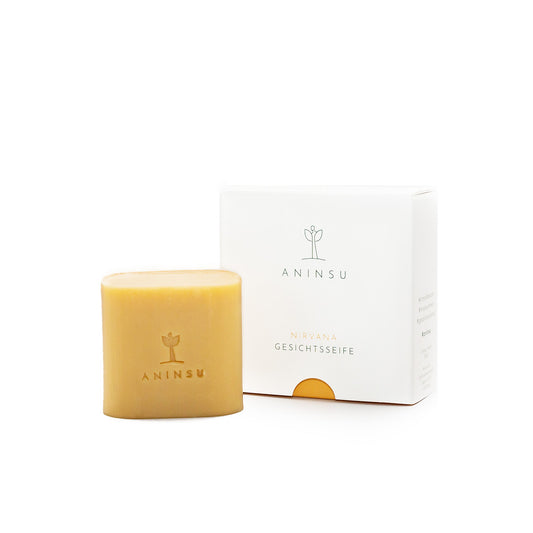
Calculate overgreasing of homemade soap
Share
Overgreasing is an important factor in the manufacture of soap. It describes the proportion of oils or fats in the soap formulation that does not react with the lye and thus remains in the soap as a caring ingredient. An overgreasing of 5-8% is usually recommended as this provides a good balance between cleaning and conditioning.
To calculate the overgreasing of your soap formula, you first need to know the oils and fats used and their saponification numbers. The saponification number indicates how much lye is needed to completely saponify 1 gram of the oil or fat.
Then you need to calculate the total amount of oils and fats in your soap recipe and multiply this by the saponification number of each oil or fat. Add all the results together and divide by the total amount of oils and fats to get the average saponification value of your soap formulation.
To calculate the overgreasing, multiply the average saponification number of your soap formulation by the desired overgreasing percentage and subtract the result from 100. This gives you the percentage of oils and fats that remain as such in the soap.
It is important to accurately calculate the overgreasing of your soap formulation to ensure that your soap is not overfatted or underfatted. Too much overgreasing can cause the soap to become soft or rancid more quickly, while too little overgreasing will reduce the soap's conditioning properties.
By calculating and keeping a close eye on the overgreasing of your soap recipe, you can ensure that your homemade soap is perfectly balanced to give you a luxurious, nourishing experience.
To calculate the overgreasing of your soap formula, you first need to know the oils and fats used and their saponification numbers. The saponification number indicates how much lye is needed to completely saponify 1 gram of the oil or fat.
Then you need to calculate the total amount of oils and fats in your soap recipe and multiply this by the saponification number of each oil or fat. Add all the results together and divide by the total amount of oils and fats to get the average saponification value of your soap formulation.
To calculate the overgreasing, multiply the average saponification number of your soap formulation by the desired overgreasing percentage and subtract the result from 100. This gives you the percentage of oils and fats that remain as such in the soap.
It is important to accurately calculate the overgreasing of your soap formulation to ensure that your soap is not overfatted or underfatted. Too much overgreasing can cause the soap to become soft or rancid more quickly, while too little overgreasing will reduce the soap's conditioning properties.
By calculating and keeping a close eye on the overgreasing of your soap recipe, you can ensure that your homemade soap is perfectly balanced to give you a luxurious, nourishing experience.









